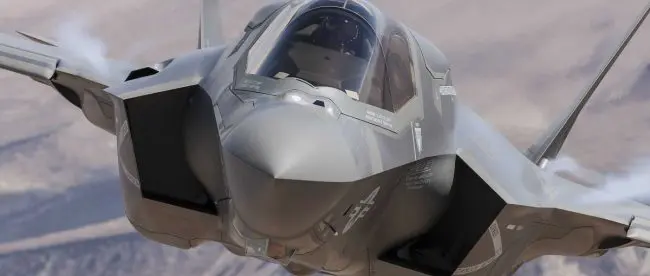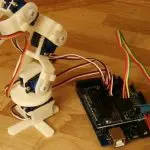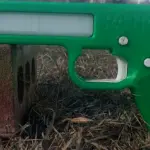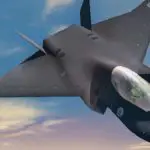3D Printed drones – the future of air war?
DRONE REQUIRES COMPLEX PARTS THAT CAN ONLY BE 3D PRINTED
New technologies are exciting enough on their own, but it’s when people start combining them that things get really interesting. Look at drones, for example. They’ve been around for a while, in fact, but compact electric motors and better control technologies are revolutionising them. Fifty years ago the average drone was something like the Ryan Model 147, a pilotless jet plane used for photo reconnaissance during the Vietnam War. It was 25 feet long, weighed well over a ton and carried about a million dollars’ worth of cameras. Now you can get a compact camera drone on Amazon for £30.
So what happens if you take the basic drone idea, then combine it with networked warfare and 3D printing? The US Air Force, with some help from a lab at MIT, are trying to find out. They want a mini-drone that can be launched from the networked F-35 fighter aircraft. This controversial plane might not be the fastest or most agile fighter in the world, but it has an amazing set of sensors. The idea behind networked warfare is that an F-35 can share data over a secure network, highlighting targets that other aircraft can attack.
One way the F-35 can collect data without revealing its own location is to launch tiny drones. These could send signals to fool the enemy, or collect electronic warfare data and send it back to the F-35. The problem is, no existing drone could be launched from a fighter. They’re all either too big, too heavy or too fragile.
The USAF asked MIT to come up with a drone that was no more than 17 inches long, 2.5 inches in diameter and could fly between 20 and 50 miles at Mach 0.8 (between 530 and 600mph). That was a real challenge – and MIT decided to solve it by 3D printing.
What they came up with is a 3D printed drone called the Firefly. It’s about the size of a foot-long from Subway, it’s powered by a solid fuel rocket motor inside an ultra-thin titanium shell, and it can only be made by 3D printing. There’s no way to machine all its delicate, complex components using conventional techniques. Right now it’s just a prototype, but it’s small enough that an F-35 or other aircraft can carry a few of them.
What’s really interesting is what this could mean in the future. Choosing weapon loads for military aircraft is an art form; you don’t want the plane to get within range of the target then find it has the wrong weapons. But what if an aircraft could print weapons, drones and decoys as it needed them? That’s not a crazy idea. You can’t fit an advanced 3D printer inside an F-35 (yet) – but you could definitely fit one in a B-52.
In the future we might see networks of advanced planes that could share information on targets, decide what sort of weapon was needed to attack it, then print the weapon and attack. Snap-in electronics modules could be used for guidance, or an advanced enough printer might be able to do the electronics, too. There’s no reason why solid-fuel rockets or custom explosive warheads couldn’t be printed on existing technology. So, could warplanes of the future be flying 3D print shops? I think that’s quite likely.








Leave a comment
You must be logged in to post a comment.